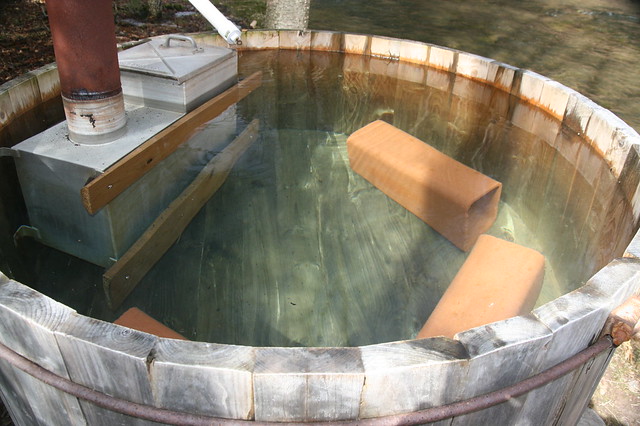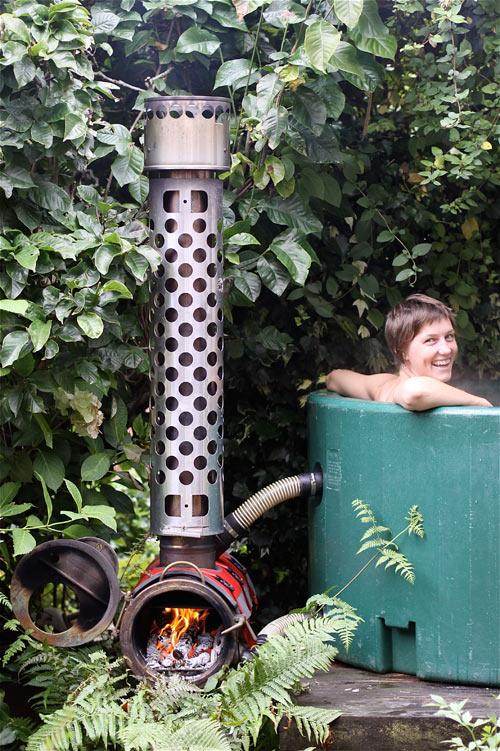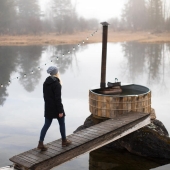
 1
1




Projects, plans, resources - now on the Permies.com digital marketplace.
Try the Everything Combo as a reference guide.
 1
1




Projects, plans, resources - now on the Permies.com digital marketplace.
Try the Everything Combo as a reference guide.
 1
1






Shenanigans of the sheep and wooly sort.. And many more.. https://www.instagram.com/girlwalkswithgoats/
Papa always says, "Don't go away angry... just go away."






Owner, Etta Place Cider
 6
6




Erica Wisner wrote:
I'm also open to doing a solar collector for pre-heating the water. A black-lined tub could be smart too.
 Add moar fire!
Add moar fire!Nerds be nerding...




Success has a Thousand Fathers , Failure is an Orphan
LOOK AT THE " SIMILAR THREADS " BELOW !
 3
3






How permies.com works
What is a Mother Tree ?














Success has a Thousand Fathers , Failure is an Orphan
LOOK AT THE " SIMILAR THREADS " BELOW !









 2
2




Ask me about food.
How Permies.com Works (lots of useful links)















Success has a Thousand Fathers , Failure is an Orphan
LOOK AT THE " SIMILAR THREADS " BELOW !
 1
1




https://www.kiwitub.co.nz/
Updated link












Ask me about food.
How Permies.com Works (lots of useful links)





 1
1








Robert Reid wrote:I thought I read on a homesteading blog that someone used peroxide to keep their soaker tub water clean. They were using a metal or poly stock tank for their urban homestead. They would add peroxide prior to a nights soak and let it bubble for a while. The peroxide degrades to form oxygen and water which should then be safe to drain afterwards.





I babble at www.bettyamontgomery.blogspot.com,
more at www.arurualpointofview.blogspot.com
 1
1




"Rules without reason create rebellion"























Success has a Thousand Fathers , Failure is an Orphan
LOOK AT THE " SIMILAR THREADS " BELOW !




Country oriented nerd with primary interests in alternate energy in particular solar. Dabble in gardening, trees, cob, soil building and a host of others.








 1
1




Projects, plans, resources - now on the Permies.com digital marketplace.
Try the Everything Combo as a reference guide.




 1
1




Starting on developing a 10 acre permaculture homestead in a sub-urban area. see http://www.my10acres.info




 1
1












Projects, plans, resources - now on the Permies.com digital marketplace.
Try the Everything Combo as a reference guide.








Projects, plans, resources - now on the Permies.com digital marketplace.
Try the Everything Combo as a reference guide.
 2
2









|
Do NOT activate your jet pack until AFTER you get out of the car! Even this tiny ad knows that:
The new kickstarter is now live!
https://www.kickstarter.com/projects/paulwheaton/garden-cards
|







